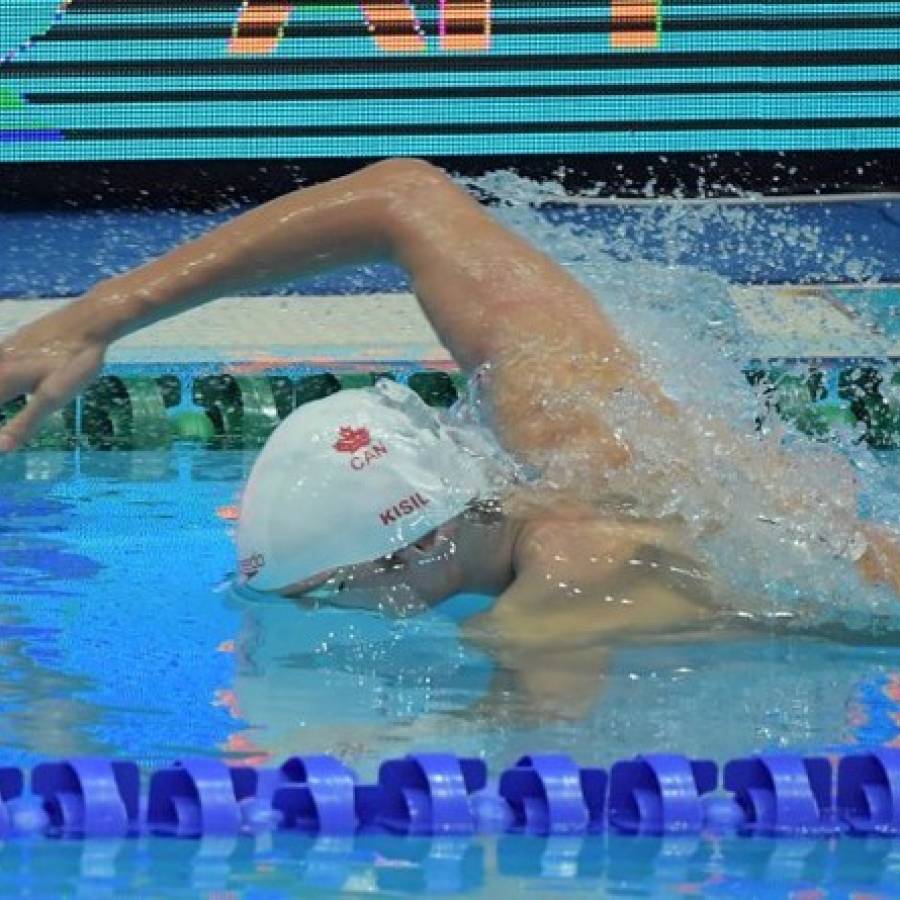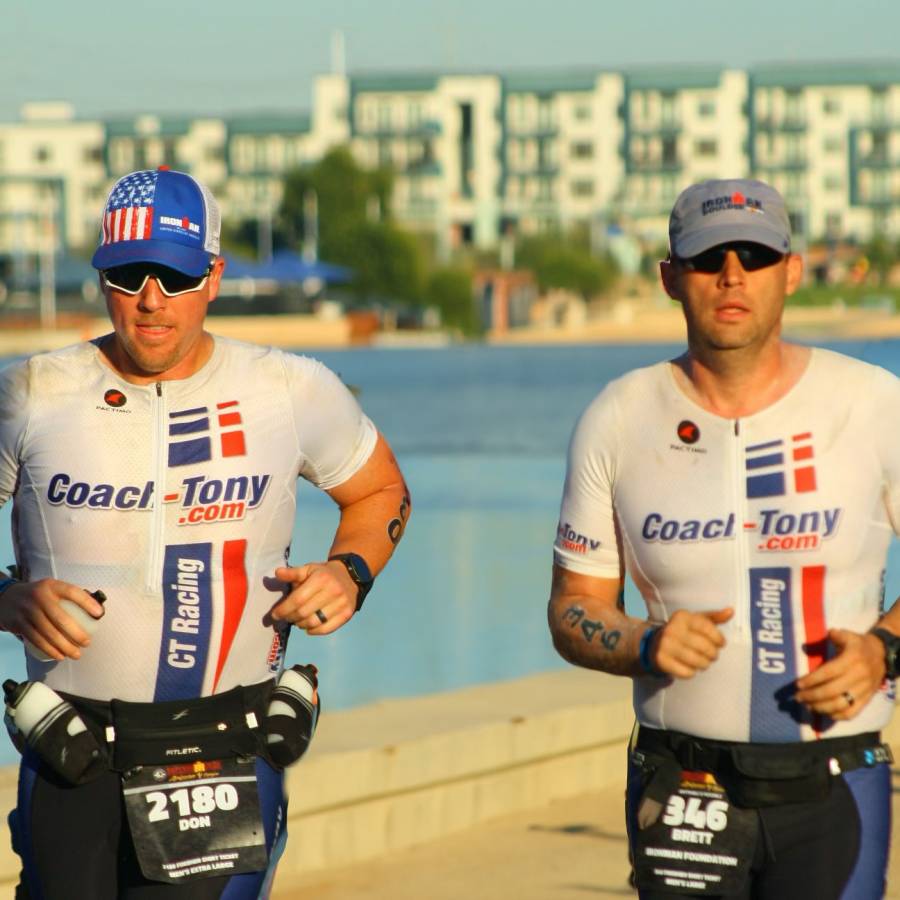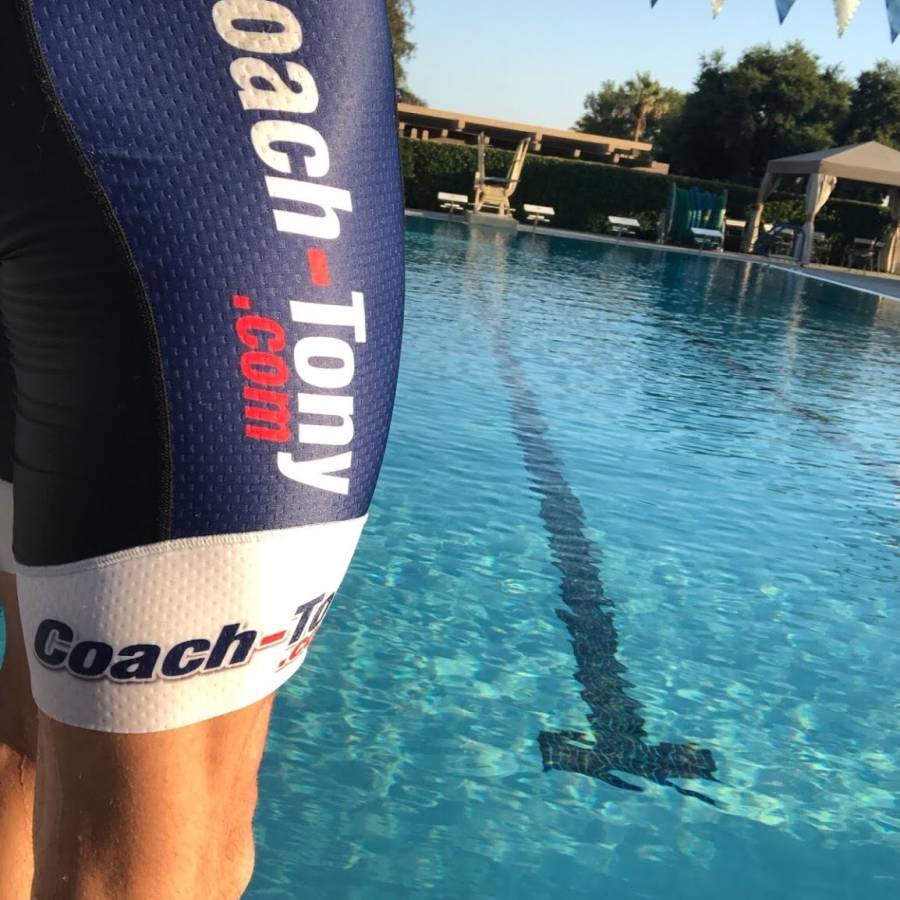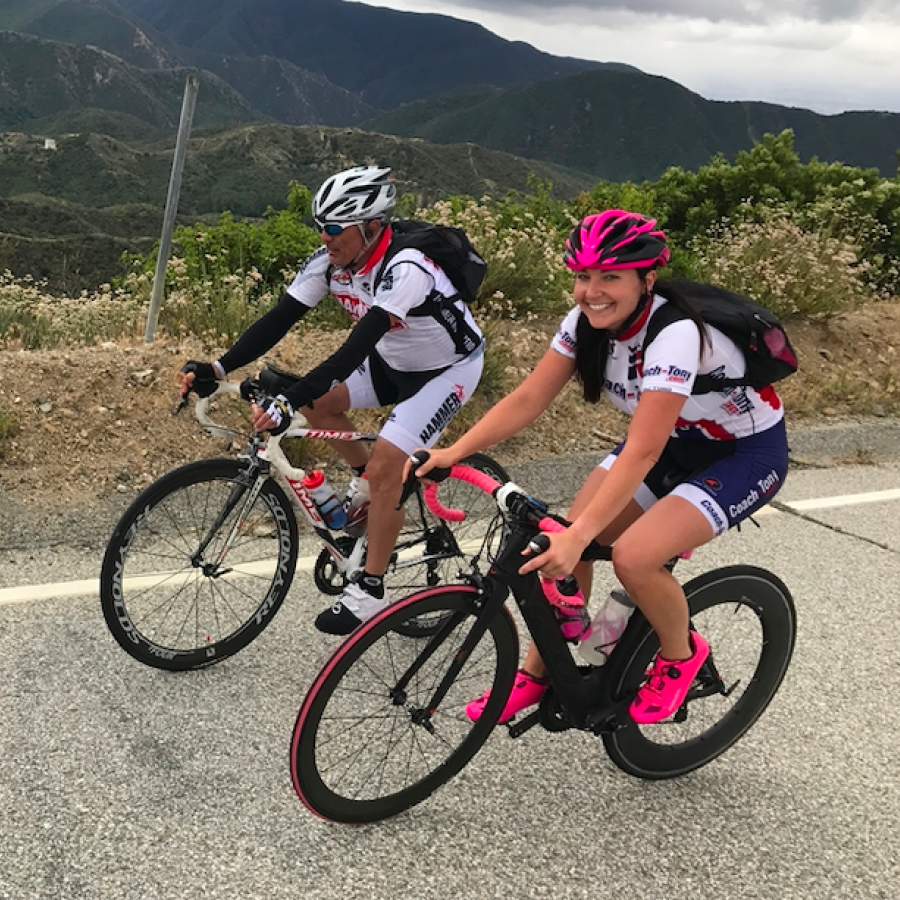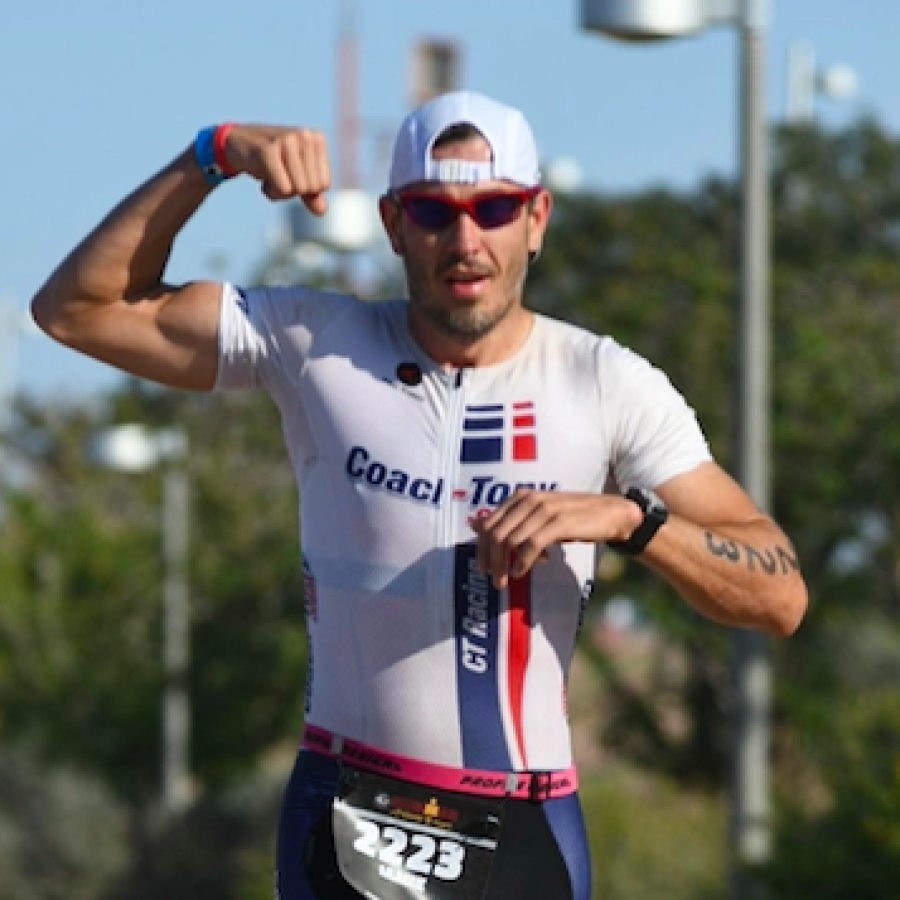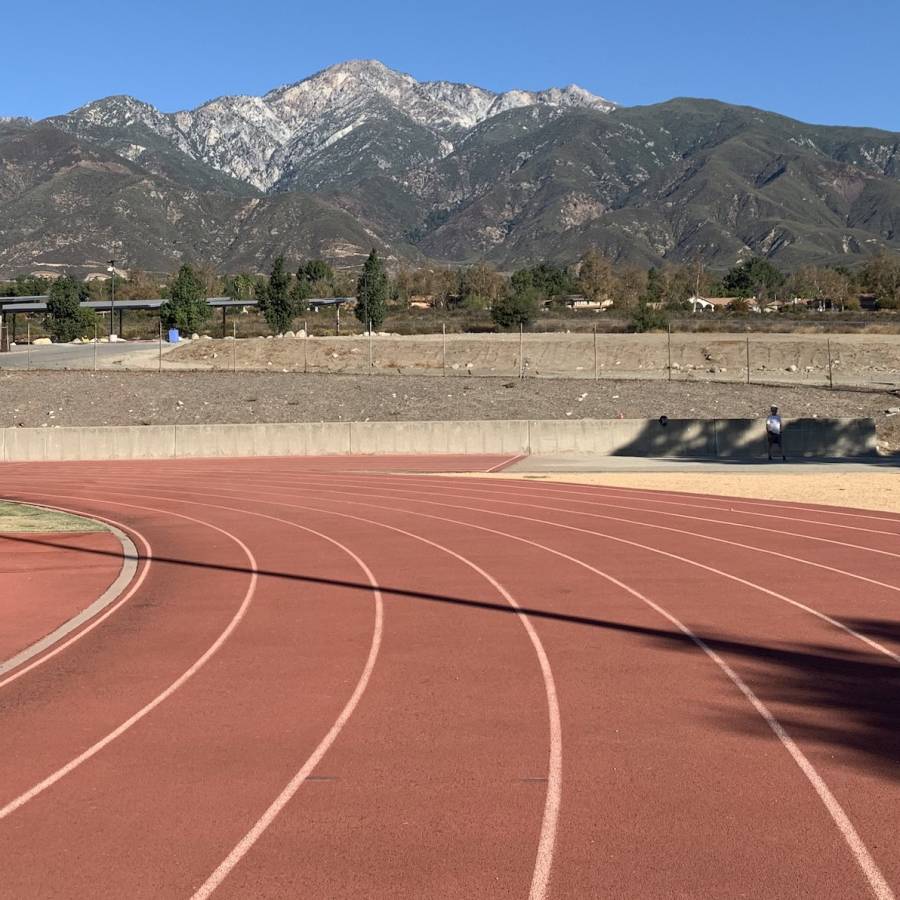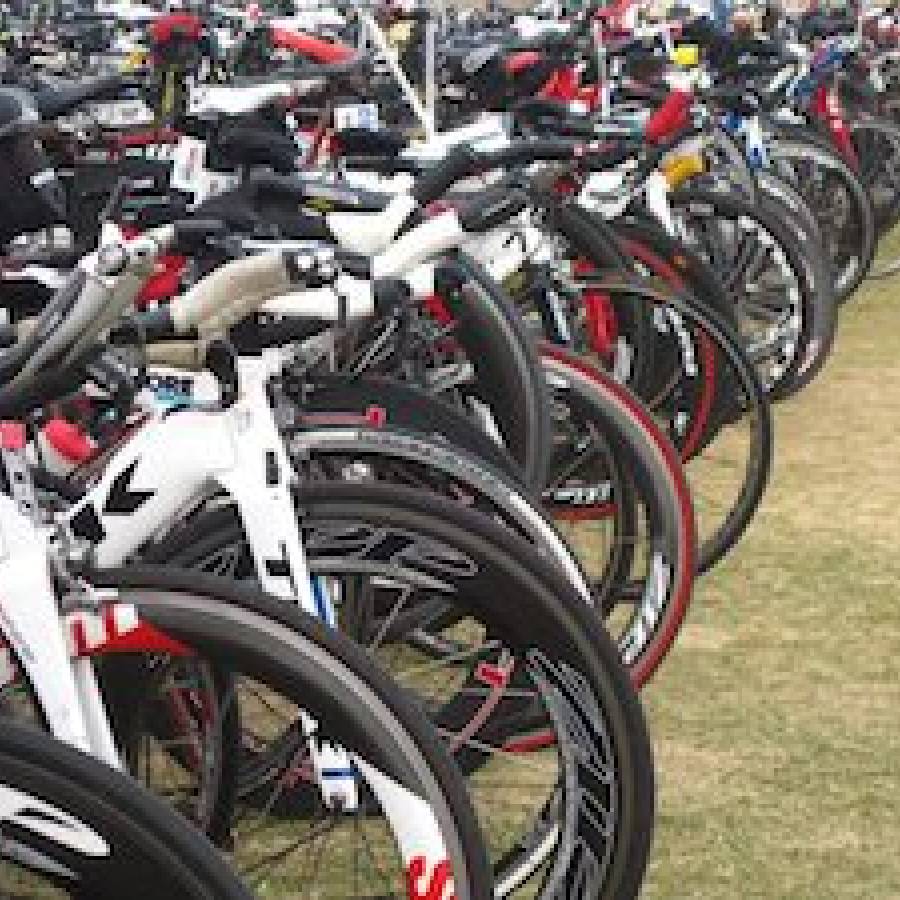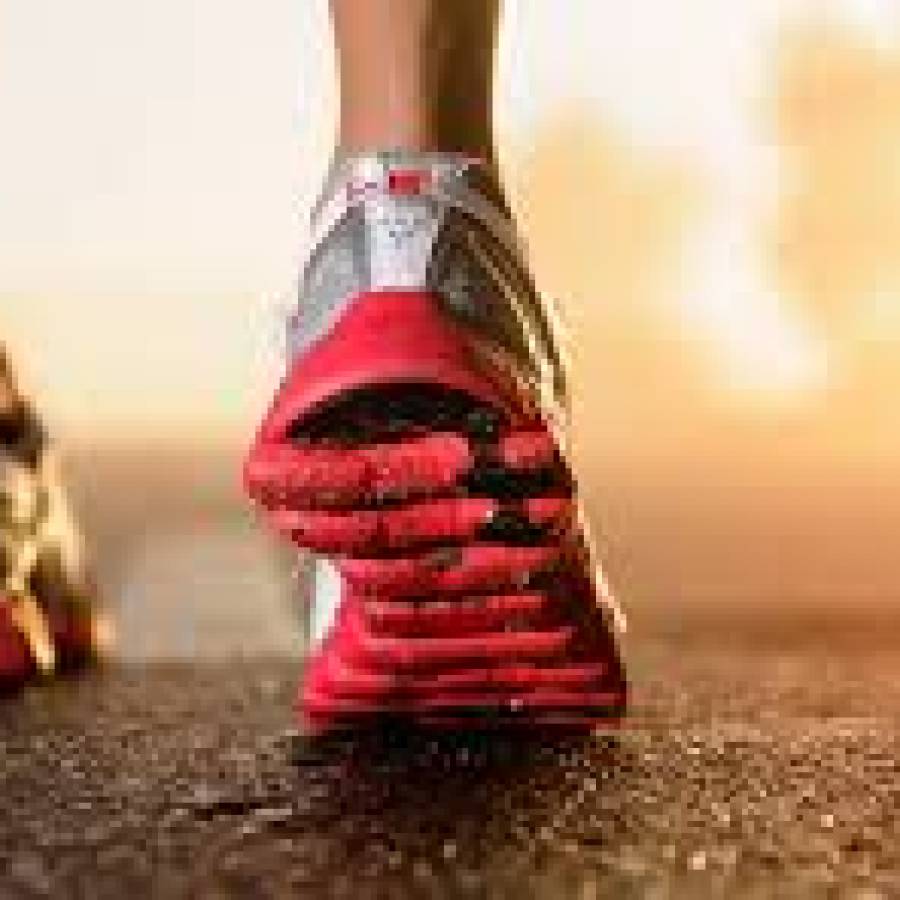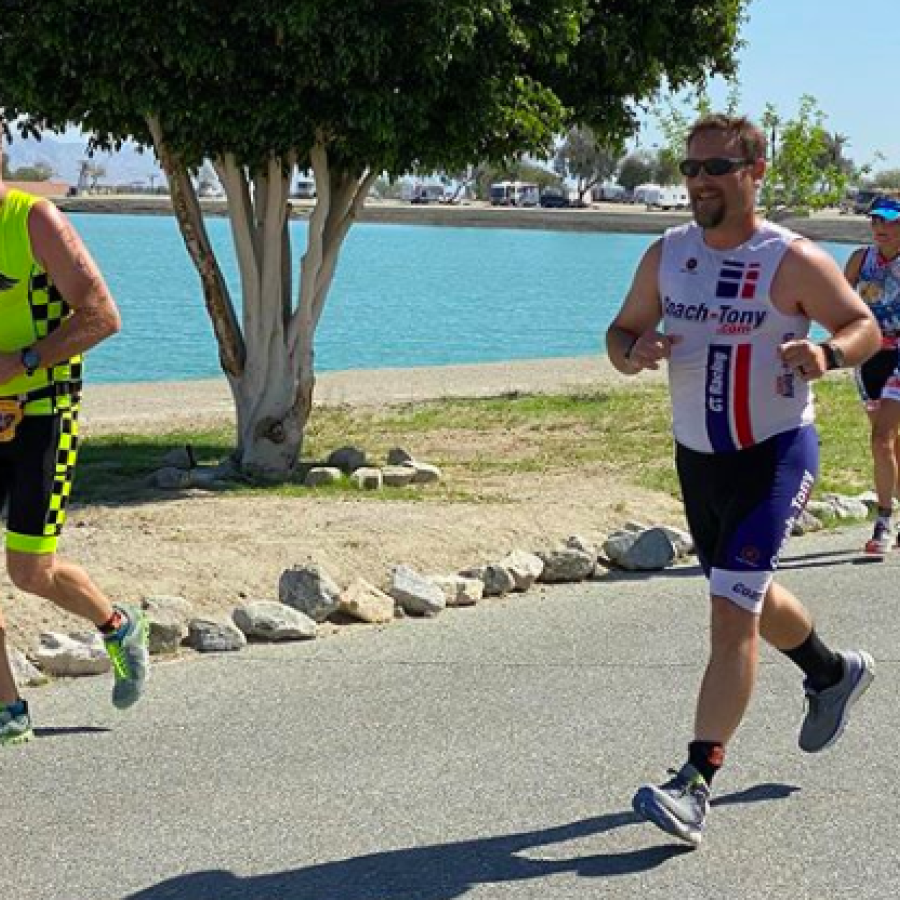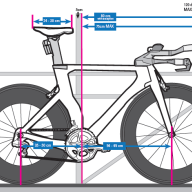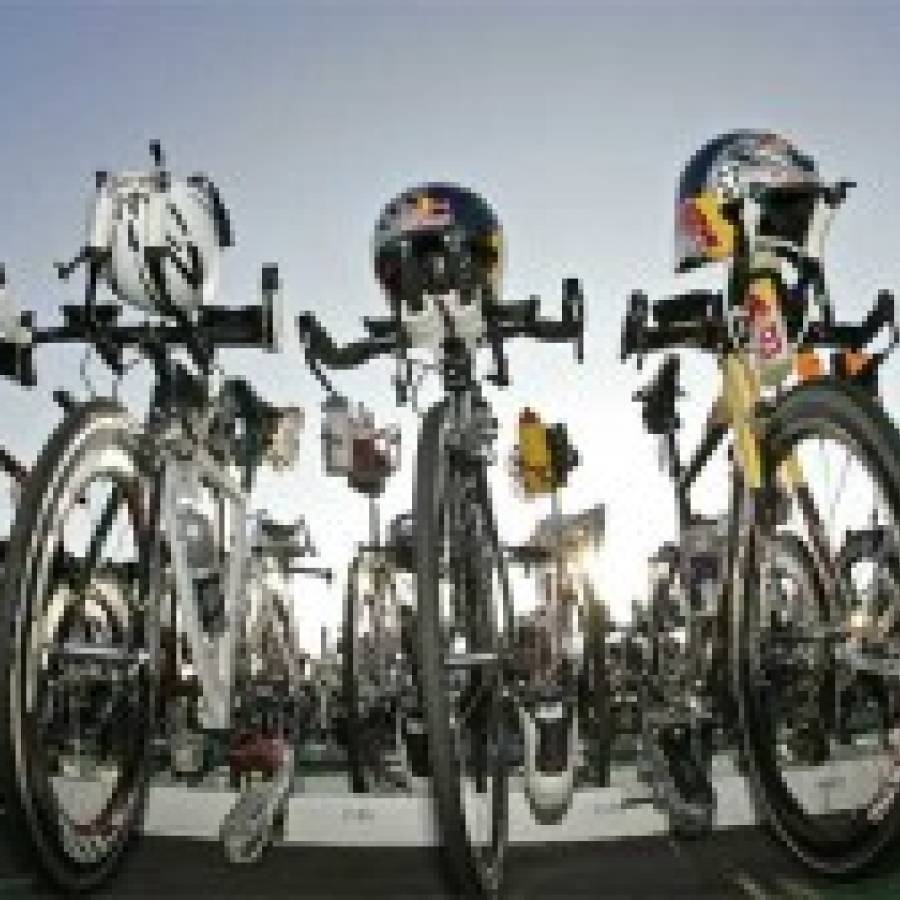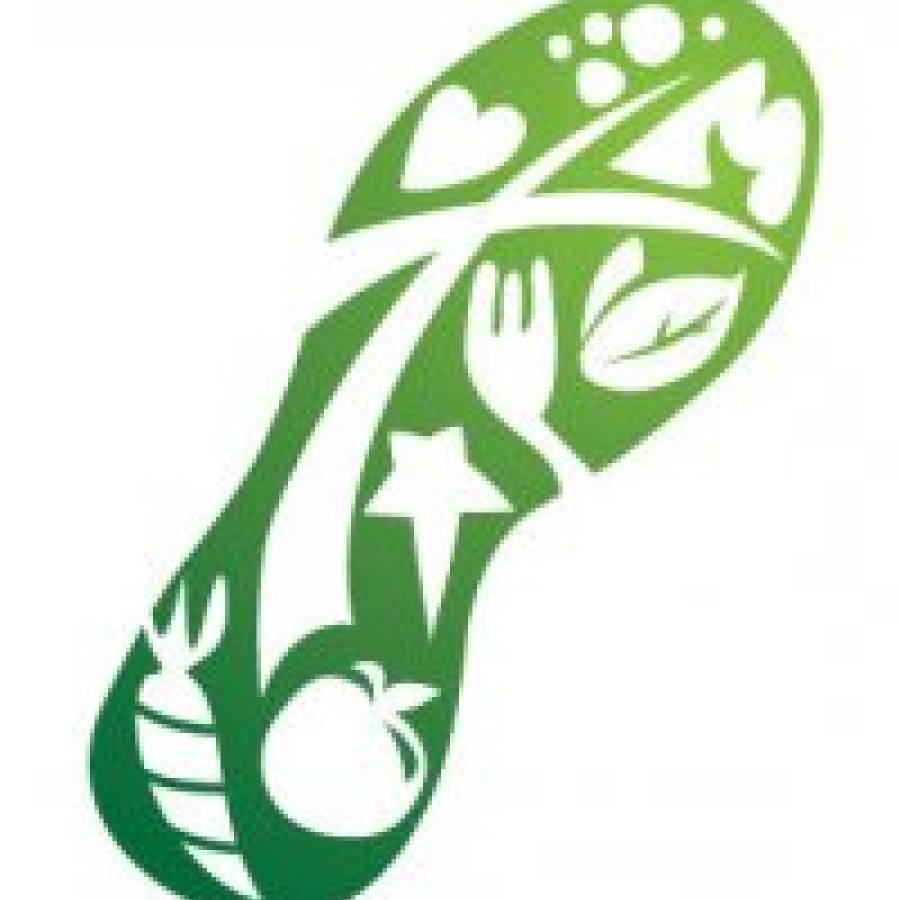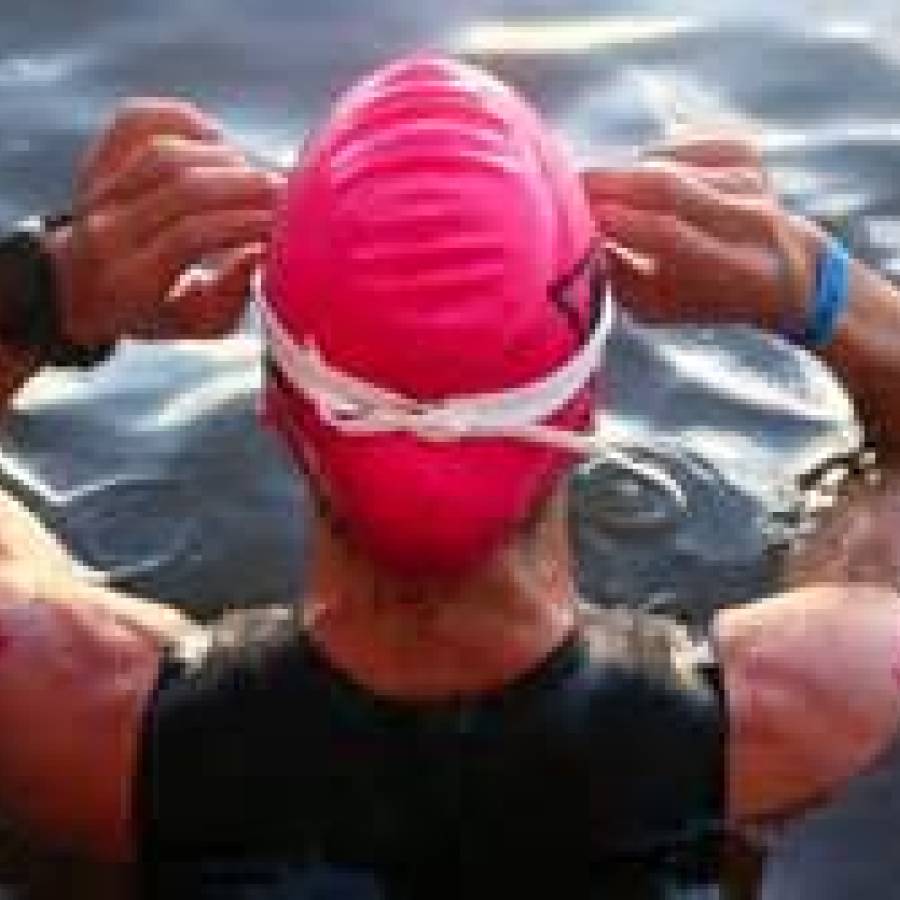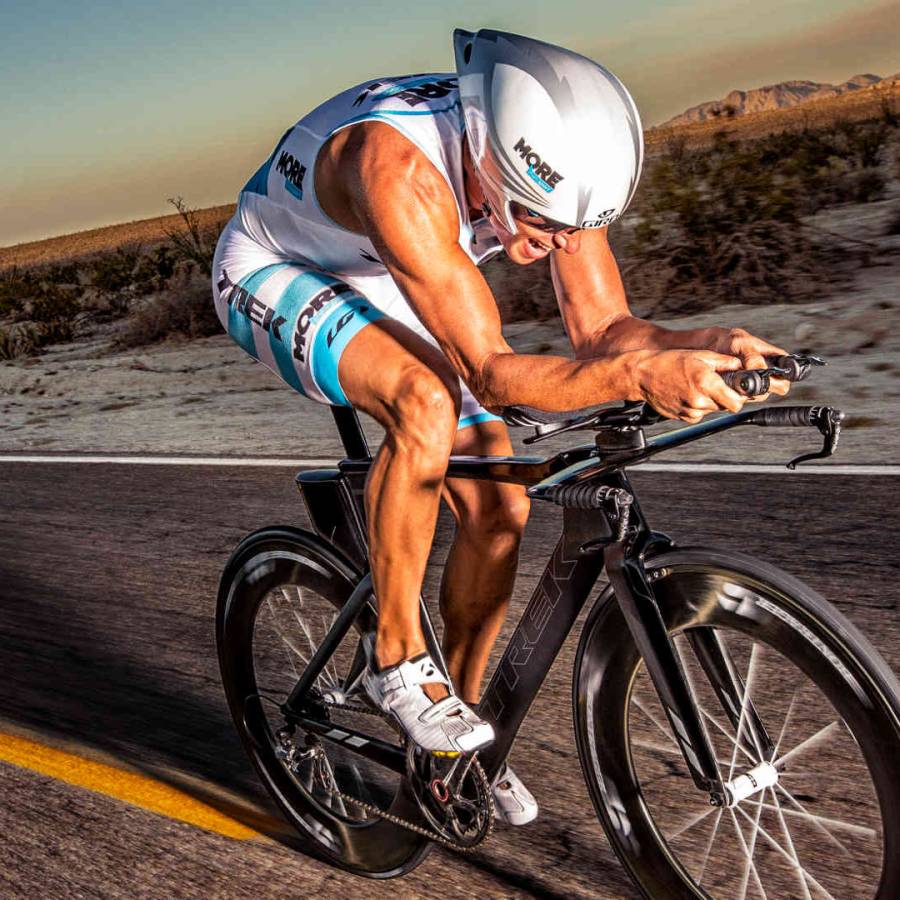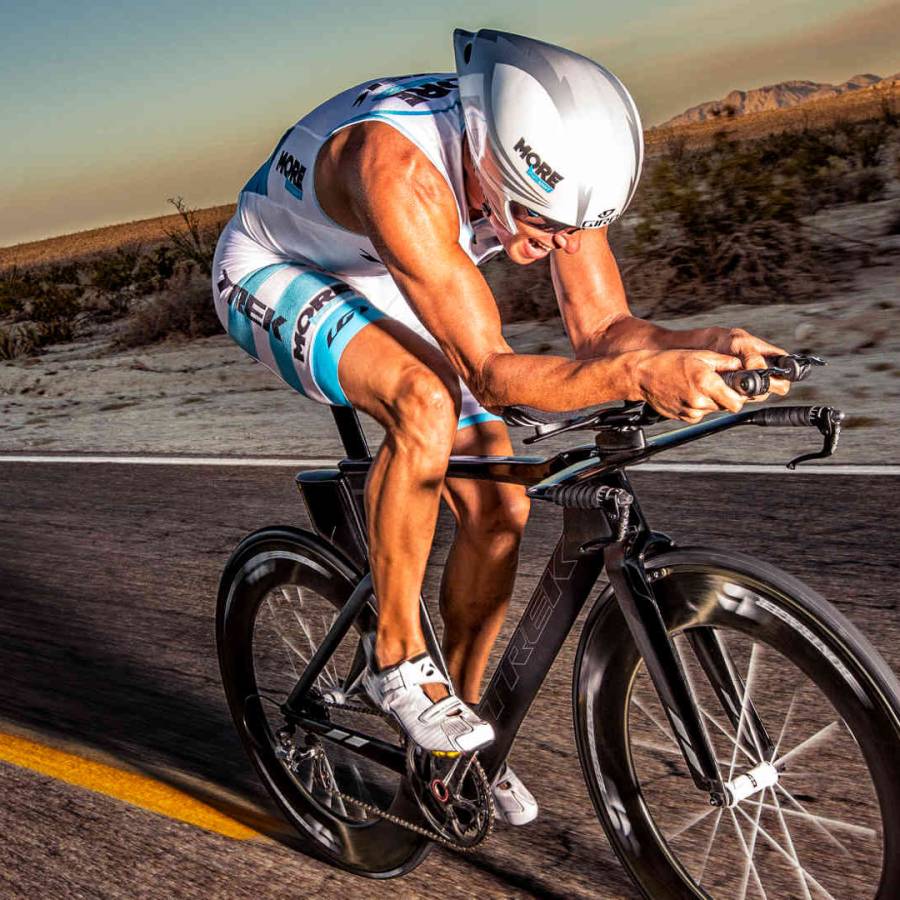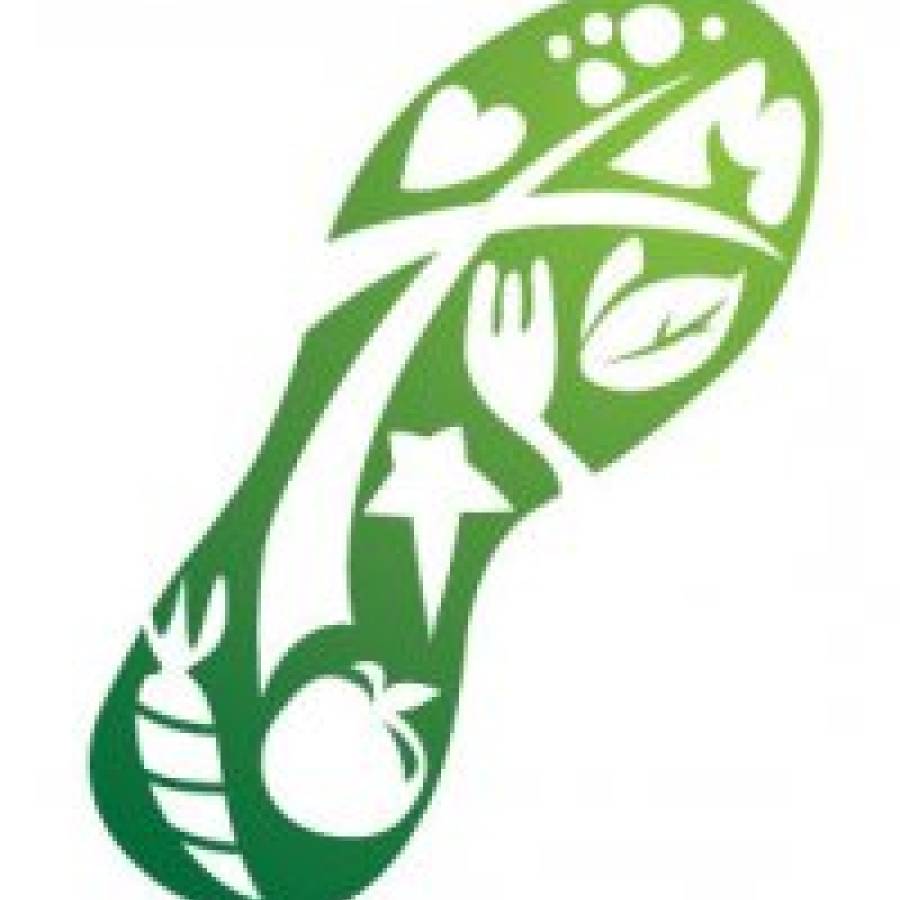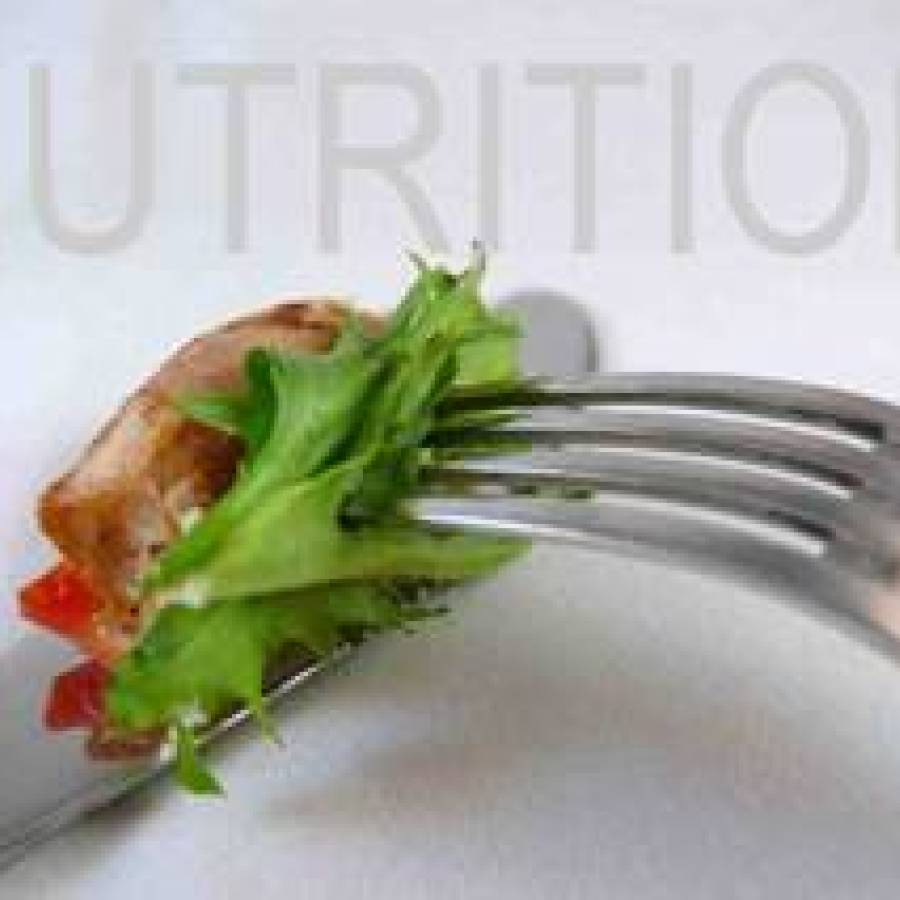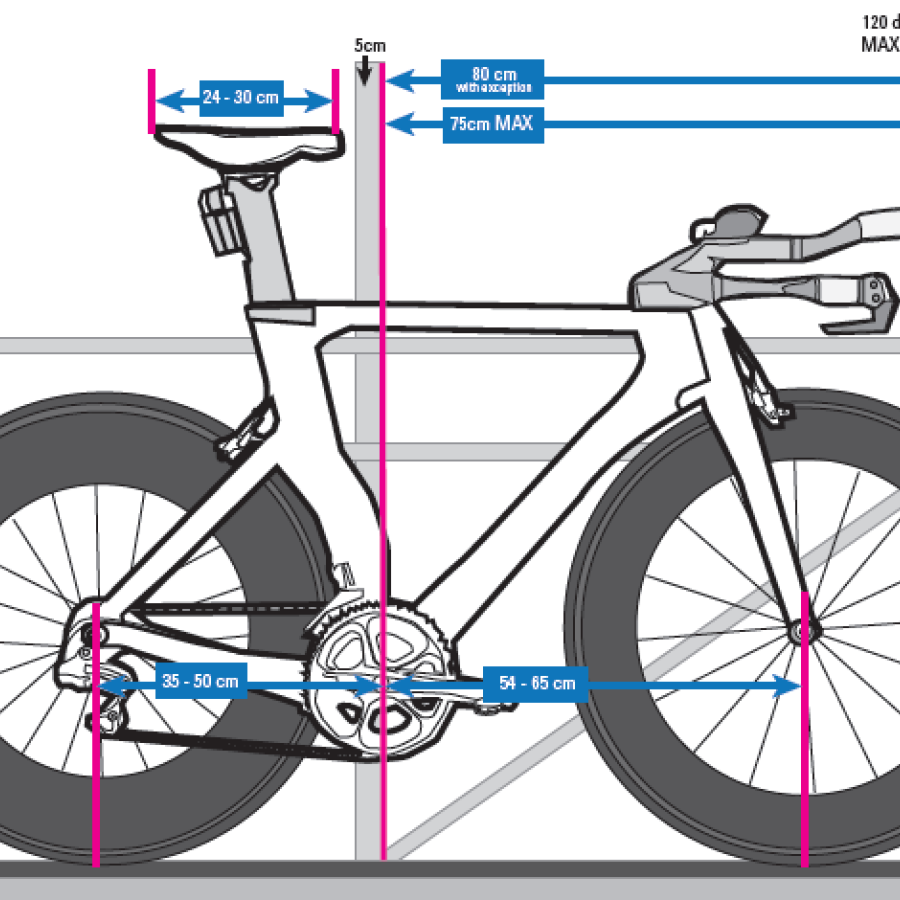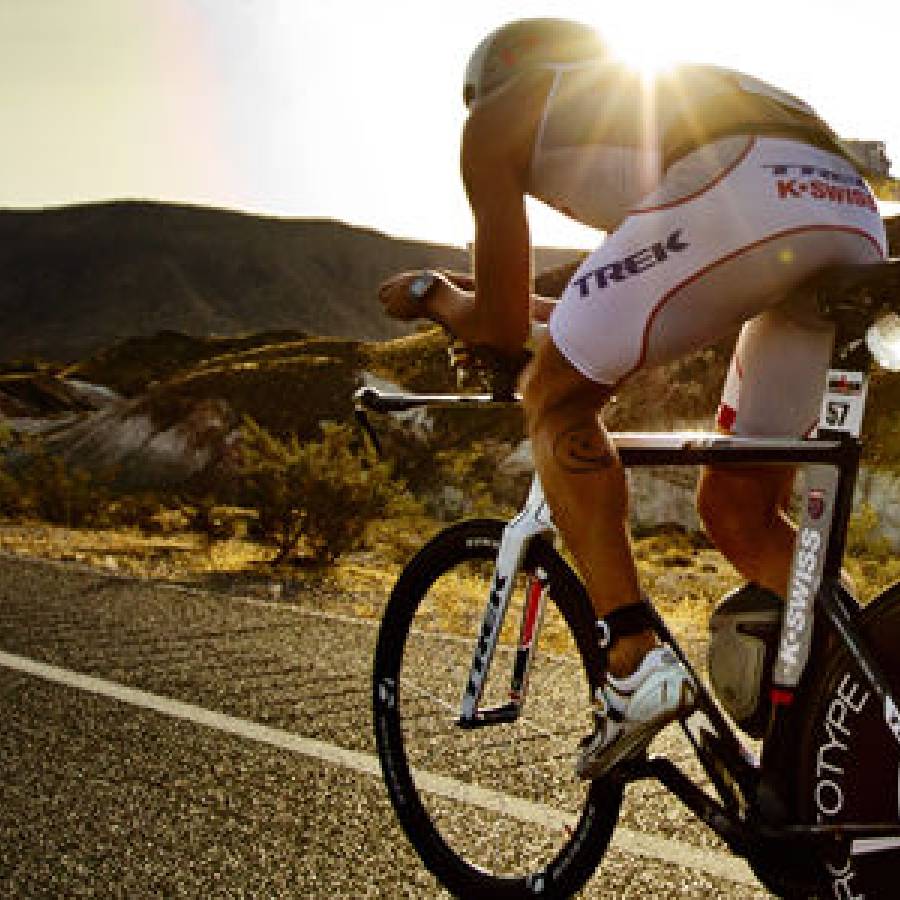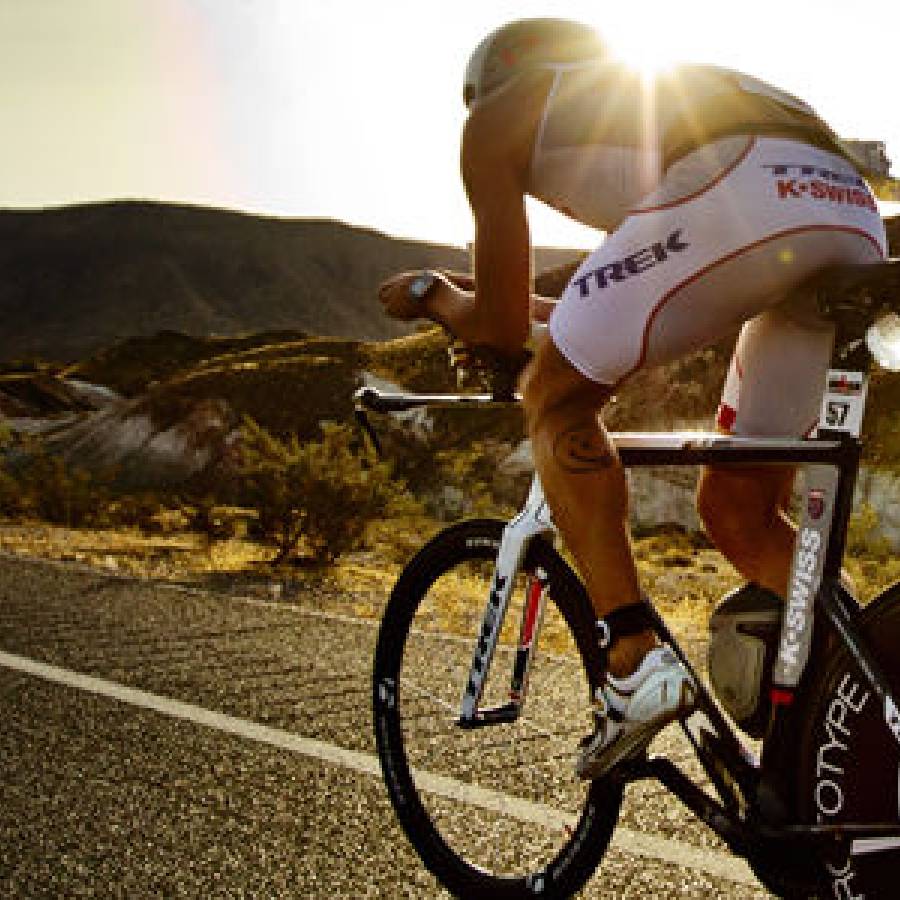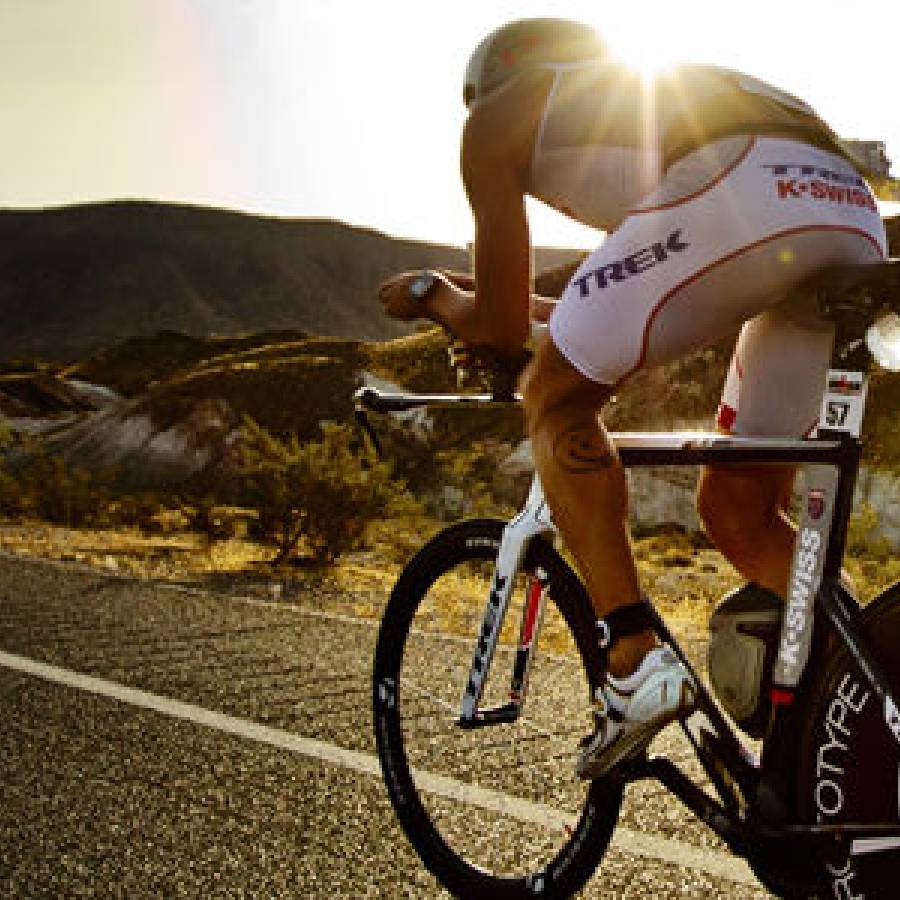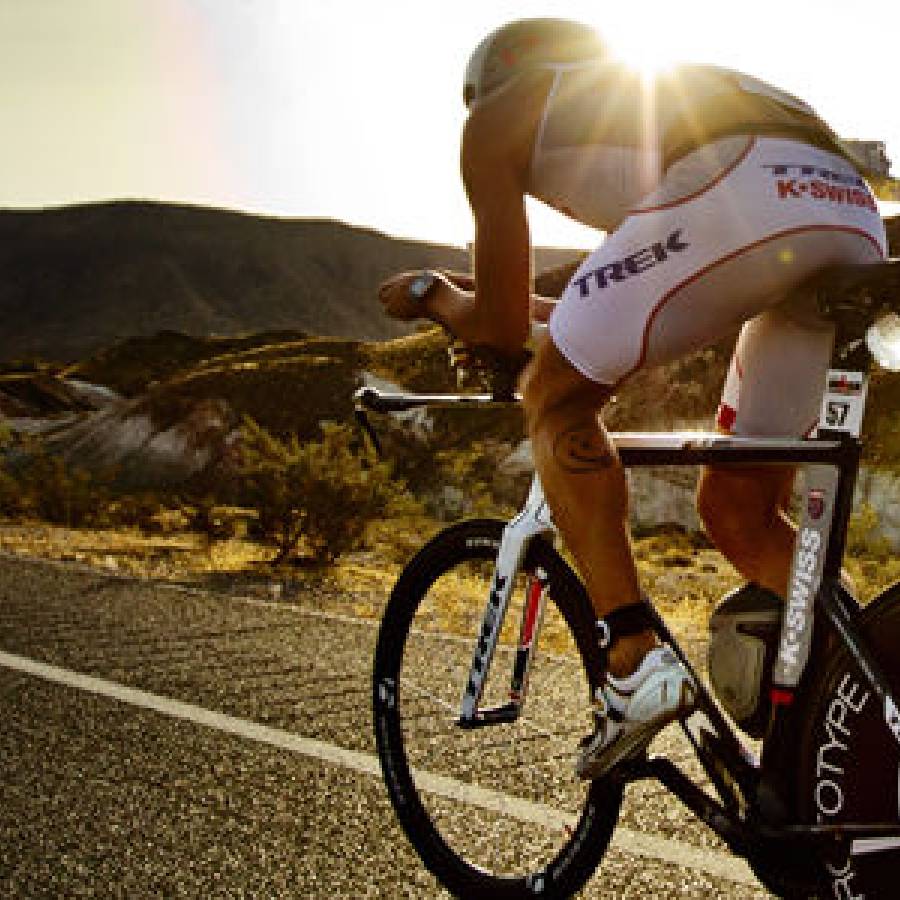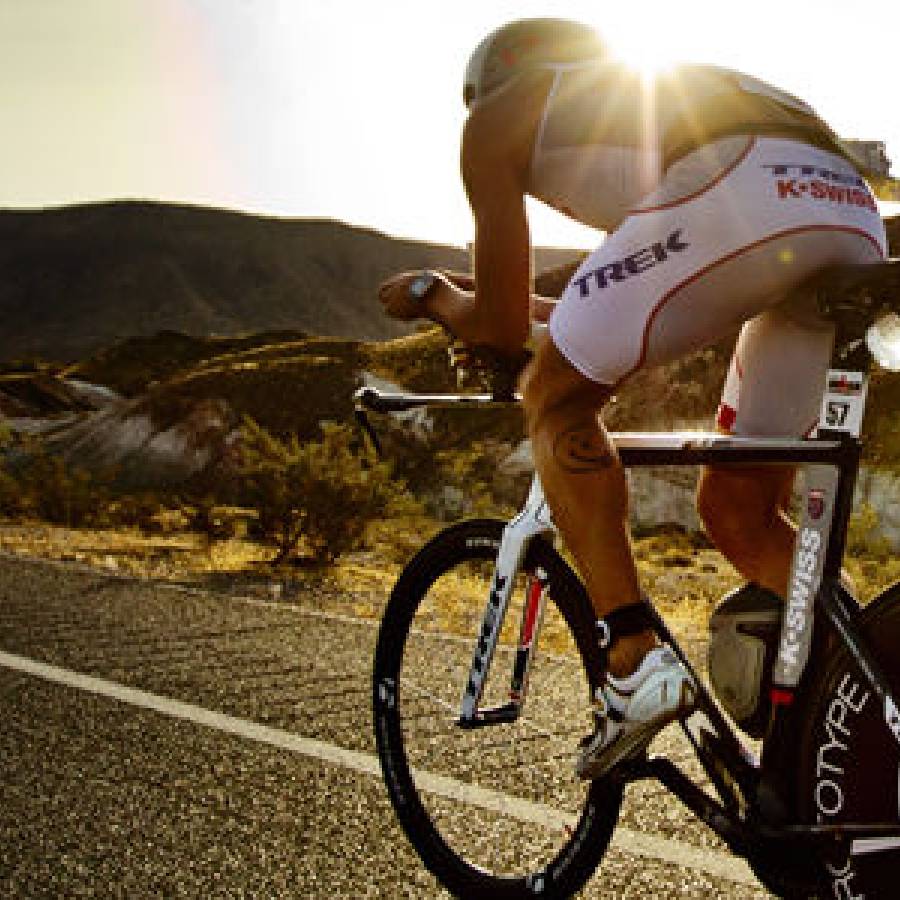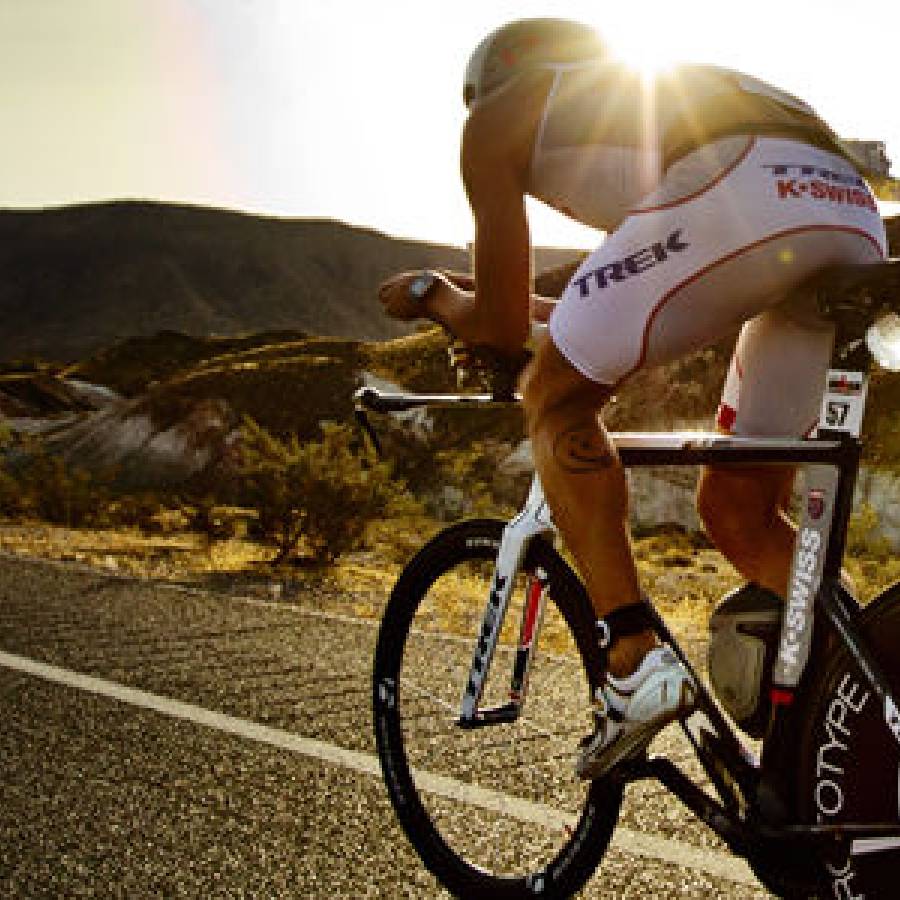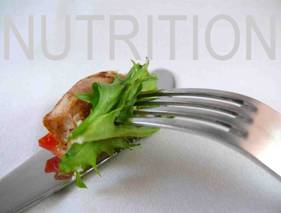 Many of us create training plans to improve our fitness level. Following a structured training plan leading up to an event most often equates to better performance because it keeps us honest (assuming it is followed), holds us accountable, and provides an avenue for measuring progress. As we create or follow a training plan to improve fitness, don't forget about the nutritional aspects of the plan. Considering how nutrition needs to adjust to meet (not exceed) the demands of training.
Many of us create training plans to improve our fitness level. Following a structured training plan leading up to an event most often equates to better performance because it keeps us honest (assuming it is followed), holds us accountable, and provides an avenue for measuring progress. As we create or follow a training plan to improve fitness, don't forget about the nutritional aspects of the plan. Considering how nutrition needs to adjust to meet (not exceed) the demands of training.
Most of us will plan few "A" races in the course of a year or season. Other "B" and "C" events are supplemental training or measuring races to gauge progress. As training intensity and volume change, our nutrition should adapt accordingly. We don’t do the same workout day in and day out all year long and so we shouldn’t be eating the same way all year either. Here are some basic eating patterns to consider as you execute your training and recovery:
Protein
"Base" training is the perfect time to hit the gym with low weight high rep workouts. Long slow (swim, bike, or run) workouts should also be part of your training. Don't starve your muscles of protein during this period. While base training may not seem as difficult as the "Specific" training, you are taxing slow twitch muscles and building blood flow capabilities. Relying too heavily on carbohydrates to support the long training may cost you in recovery if you limit proteins.
As you transition into specific training and increase intensity, a relatively high-protein diet is in order. Your volume of training may not increase as much but your intensity is, so limit muscle fatigue soreness through high-quality protein foods. Did you know some protein rich foods are pro-inflammatory (red meat, cheese) and should be minimized while you emphasize anti-inflammatory protein rich foods (omega 3 rich eggs and wild salmon). For example:
- Omega 3 enriched eggs
- Grilled chicken or shrimp at lunch
- Shrimp
- Salmon
- Cottage cheese
- Yogurt
Carbohydrates
As training volumes increase, the need for carbohydrate also increase and are very essential. Without adequate carbohydrate intake, your carbohydrate stores (glycogen) will decrease and your performance will suffer. You won’t be able to reach your high-volume training goals (long rides, long runs, brick workouts, etc) and you will be at higher risk for overtraining syndrome. Remember, you cannot burn fat if your are short on carbohydrates. Carbohydrates are to fat what charcoal burning fuel use to be to charcoal briquettes (back in the day when charcoal didn't burn on its own).
Antioxidants
Antioxidants are also significant when increasing mileage and/or intensity. Improved fitness comes through repetitive stress and recovery. The stress can cause inflammation which is felt as sore muscles and achy joints. This contributes to slower recovery and increased risk for injury. Your immune system will be tested . Without adequate minerals, you are more susceptible to viruses which may lead to a cold.
Antioxidants help repair damage in the body caused by training. They are an important part of daily recovery. Eat plenty of carbohydrate-antioxidant rich foods including berries, plums, peaches, papaya, mango, prunes, dried apricots, black beans, kidney beans, red lentils, sweet potatoes, and squash. Other high-quality carbohydrate rich foods to include regularly are oats, wheat berries, millet, barley, hummus, and yogurt. Emphasize anti-inflammatory meals that help to reduce muscle soreness, lower the risk for overtraining syndrome, and foster optimal recovery from exhaustive exercise.
Taper your Taper
While we train for our "A" race, we will most likely increase our calorie count. After the big event, its important to taper your caloir count in conjunction with your reduction in training levels. This is not easy because we are creatures of habit and you will feel like you're are not eating enough foods. Respect your body’s need for nutrition but don't over eat. Don't forget both mental and physical recovery.
Focus on high-quality, unprocessed foods so that your body recovers well with adequate vitamin and mineral intake. If your diet is full of refined, packaged, and processed foods, calorie control may be in place but your body (and your training) will suffer from lack of proper nutrition. You may reach your weight goal, but you will be undernourished and your progress in your next exercise endeavor will suffer. Consider these whole-food swaps:
•Instead of toast, eat oatmeal •Instead of crackers and cheese, eat fruit and cheese •Instead of pasta, eat a baked sweet potato •Instead of deli turkey, eat grilled chicken •Instead of fruit juice, eat whole fruit
As your training changes throughout the training plan or calendar year, make the appropriate adjustment to your training plan. Consider your protein levels. Remember Anti-inflammatory foods are important during high-volume training. And adjust according when you are in post "A" race / transition mode.
Credit/Source: Active.com, Gail Berhart, and other related articles.



